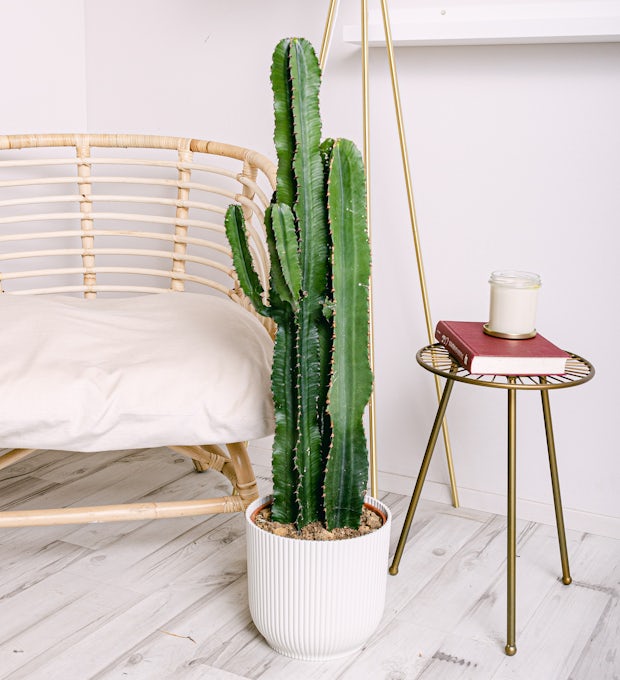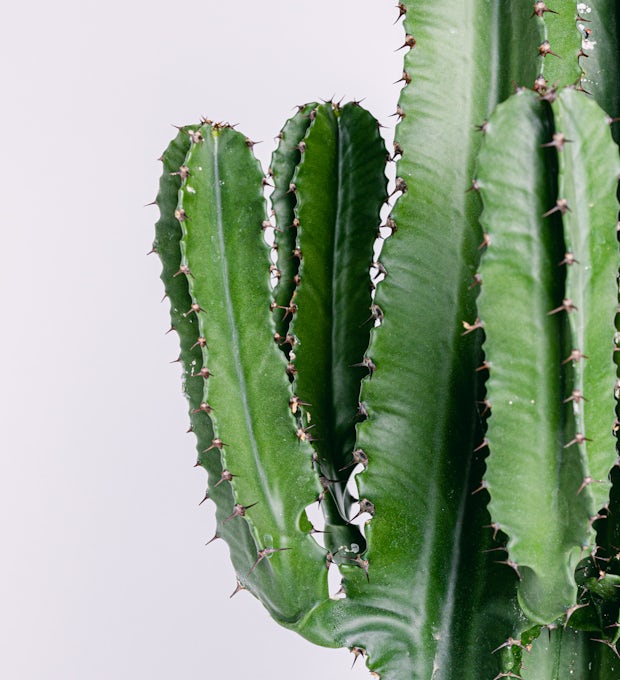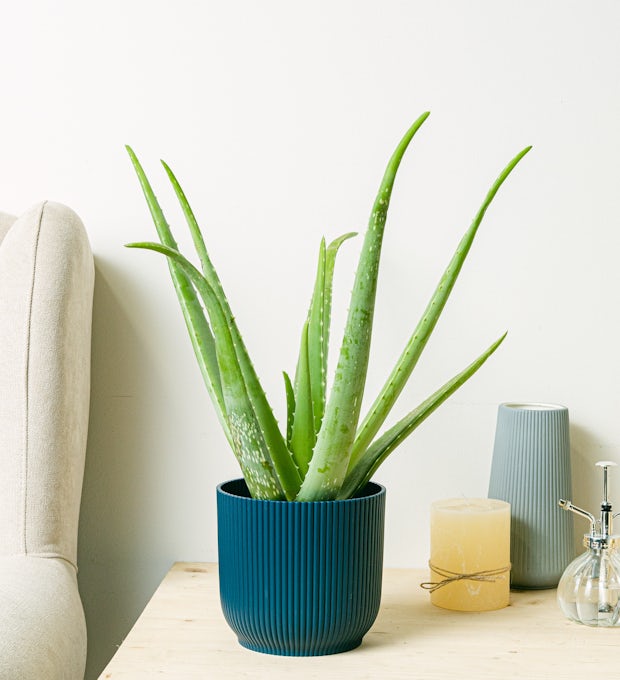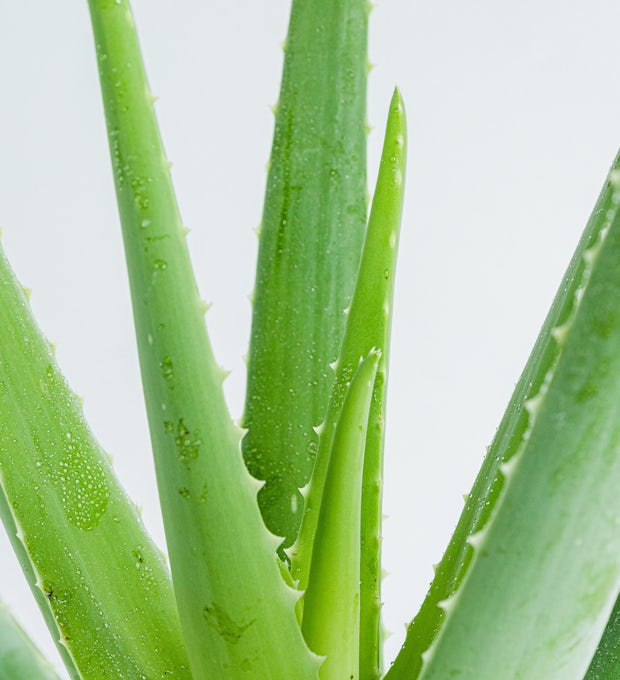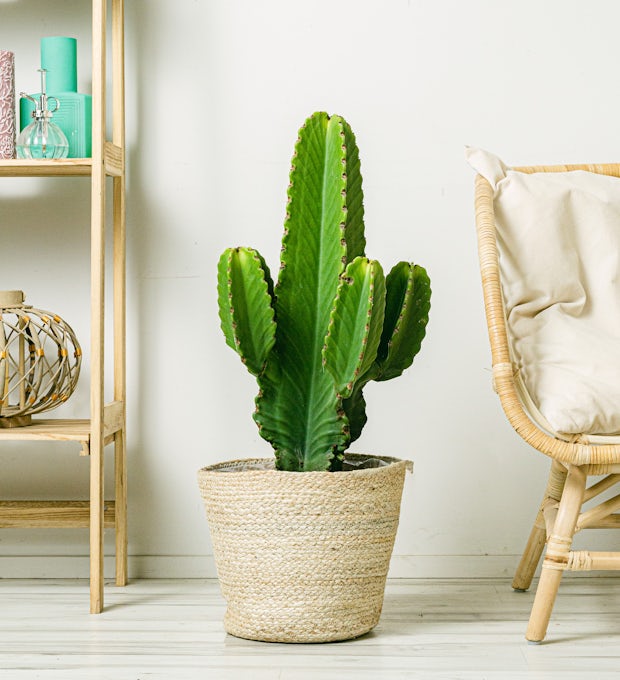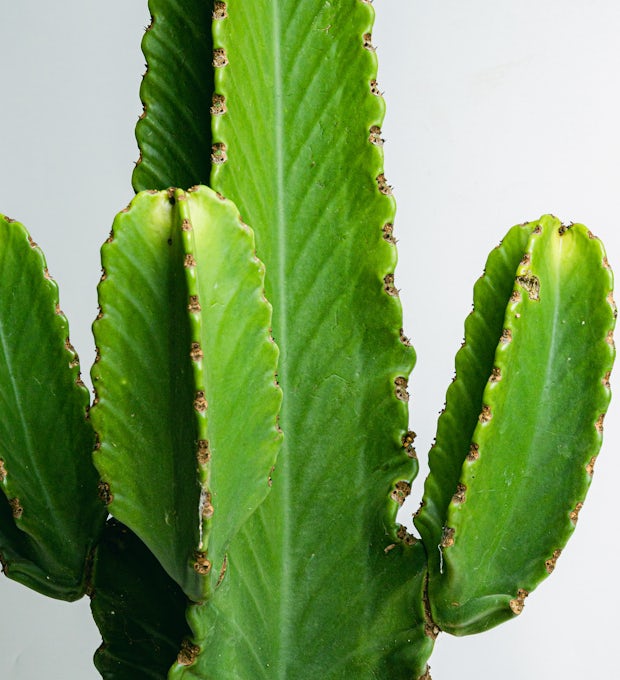There are many types of plants that reproduce by cuttings. Thanks to this system you will be able to multiply your favorite plants very easily. Today we want to give you useful information about the species of trees, shrubs and plants that you can reproduce from a small fragment of the mother plant.
What is the reproduction of plants by cuttings?
A cutting is a piece of the stem, leaves or root of the plant that is put to root to get a new specimen. Although plants multiply sexually through their seeds, it is possible to reproduce some varieties using this system, that is, cutting off a part of the plant to obtain a new specimen with identical characteristics.
Transplanting by cuttings is a very common reproduction system since, in addition to being very simple, it is effective in almost all types of varieties. The detached piece of the plant, transplanted into a new pot, will produce new roots that will give rise to a new plant. Each type of plant requires a particular type of cutting:
Houseplants
Propagating houseplants through cuttings is a fairly common practice. All you have to do is have a suitable cutting tool, use fresh compost and irrigation water. Cuttings should be kept at an adequate humidity level.
The new plant can be placed in substrate or in a container of water. Both methods are correct and to check their effectiveness, we just have to wait to see which of them "works" better.
- Sprouts
Certain species of indoor plants produce new visible shoots, which we can use to get a new plant. To plant it in a new pot, the shoot must be cut in order to obtain as many roots as possible. Some varieties that reproduce using this system are aloe vera, some types of bromeliads or air carnations.
Other varieties, such as ribbons, produce mini-plants at the ends of their flower stems, similar to the mother plant. You just have to cut them, replant them in a pot with suitable substrate and in a short time, the small plant will have taken root.
- Stem cuttings
Getting new plants from a stem cutting is very easy. All you have to do is cut a fragment of the trunk about 10-15 centimeters long, and insert it into a new pot with moistened substrate. If the stem to be transplanted is a succulent or cactus, it should be left in the air for two or three hours before being placed in the soil.
- Other
plants, such as aloe vera, can replicate from one of its leaves. All you have to do is detach a leaf, chop it up and plant the fragments in a slightly moistened substrate. They should be 2/3 of the leaf out of the pot so that it can continue to photosynthesize. The pot with the pieces of the leaves should be kept in a sunny place, making sure that the soil in the pot maintains its moisture level. Most succulents can multiply this way.
Shrubs and Trees
A multitude of trees and shrubs can be replicated from cuttings of the original plant. In evergreens, it's best to take cuttings from the ends or from the most recent branches.
We ship plants to all locations, you can see more options here.
Trees can be propagated using cuttings of three types:
Woody cuttings
Deciduous treesWoody cuttings are mostly used for deciduous trees, but also for many evergreen varieties.
The small woody twigs are mainly cut during the cold months, which is when deciduous ones have no leaves.
Branches for cutting should be at least one year old. In the case of olive or fig trees, it is preferable if they are at least two years old or more.
Chop the branches. The length of the stakes will depend on the type of tree, although in general, the size of the stakes is usually 20 to 40 centimeters.
Section the branches, at the bottom, under a bud or gnarled part. At the other end, make the cut at a distance of 1 to 2 centimeters from another knobby area.
- Evergreens
To get cuttings from deciduous trees, you'll need to remove the leaves from the bottom, leaving only several leaves at the end. You can then plant these cuttings:
- Outdoors: On the ground, outdoors.
- Indoors: In containers, as this way they grip better than directly in the ground.
In
areas with Mediterranean-type climates, with warm or temperate temperatures, cuttings can be planted directly outdoors. To make it easier to grip, it is advisable to till the soil well, in order to aerate and fluff it up. Next, add a layer of mulch.
In areas with cold climates, you should store cuttings in the fridge, in plastic wrap to plant them in spring.
When storing the stakes, try to mark the part of the base, that is, the part that will be buried. You can make a small cut, go around with twine, etc. A good solution is to dip the base in wax, which will also serve to seal it and maintain moisture with which to promote subsequent rooting.
We ship plants to all locations, you can see more options here.
To promote root production, it is advisable to spray the base of the cutting with a rooting hormone preparation, sold in specialized establishments.
Indoors
, mulching under cover is the most common way to do this. To do this, potsherds, irons or similar containers are used to place the cuttings under cover.
A substrate based on peat and sand is used, to which rooting hormones are added.
At the end of the following autumn, these cuttings, already with roots, are planted in individual pots and will remain there until they are replanted in their final location.
Semi-woody cuttings
Widely used especially on shrubs, although it is also suitable for trees.
The best time for this type of cuttings is during the warmer months, from early spring to early fall.
Cut small stakes of about 15 cm in length, containing a few knots.
The bottom cut should be made just below a knobby area.
Remove the lower leaves and leave only a few at the tip.
Spray the base of the cutting with rooting hormones to encourage rooting.
Place a mixture of mulch or peat moss, with 50% sand, in pots, trays or other similar containers.
Bury the bottom of the cuttings in the substrate and squeeze them well.
Place the container with the cutting in a place away from direct sun and drafts, trying to keep the substrate constantly moist.
Cover the container with a plastic bag, glass jars, etc., to make a kind of mini greenhouse. Ventilate from time to time to avoid excess condensation. The ambient temperature should be around 20º.
In about 15 days, the cuttings will have produced roots, so your new plant will be ready for final placement.
Root cuttings
are taken during the fall and spring months. All you have to do is cut a few pieces of root the diameter of a pencil and 5 cm long, and stick them vertically into the ground. This type of cuttings is suitable for many types of trees, including olive, fig, poplar or apple trees.
Soft-stemmed or watery-stemmed plants
are perhaps the easiest to reproduce by cuttings. All you have to do is cut off a part of the plant, remove the leaves from the lower part, and immerse the stem in water.
Change the water daily to prevent the stem from rotting. After a few days, the cutting will have rooted.
Once the roots are obtained, you will only have to place the new plant in a suitable pot, with substrate and sand until it grips well. Each type of plant takes a different amount of time to root.
Cloning is a great way to multiply your plants. Remember that you won't always be 100% guaranteed success, but with a little practice and some patience, you'll be able to enjoy your favorite species without limits.
